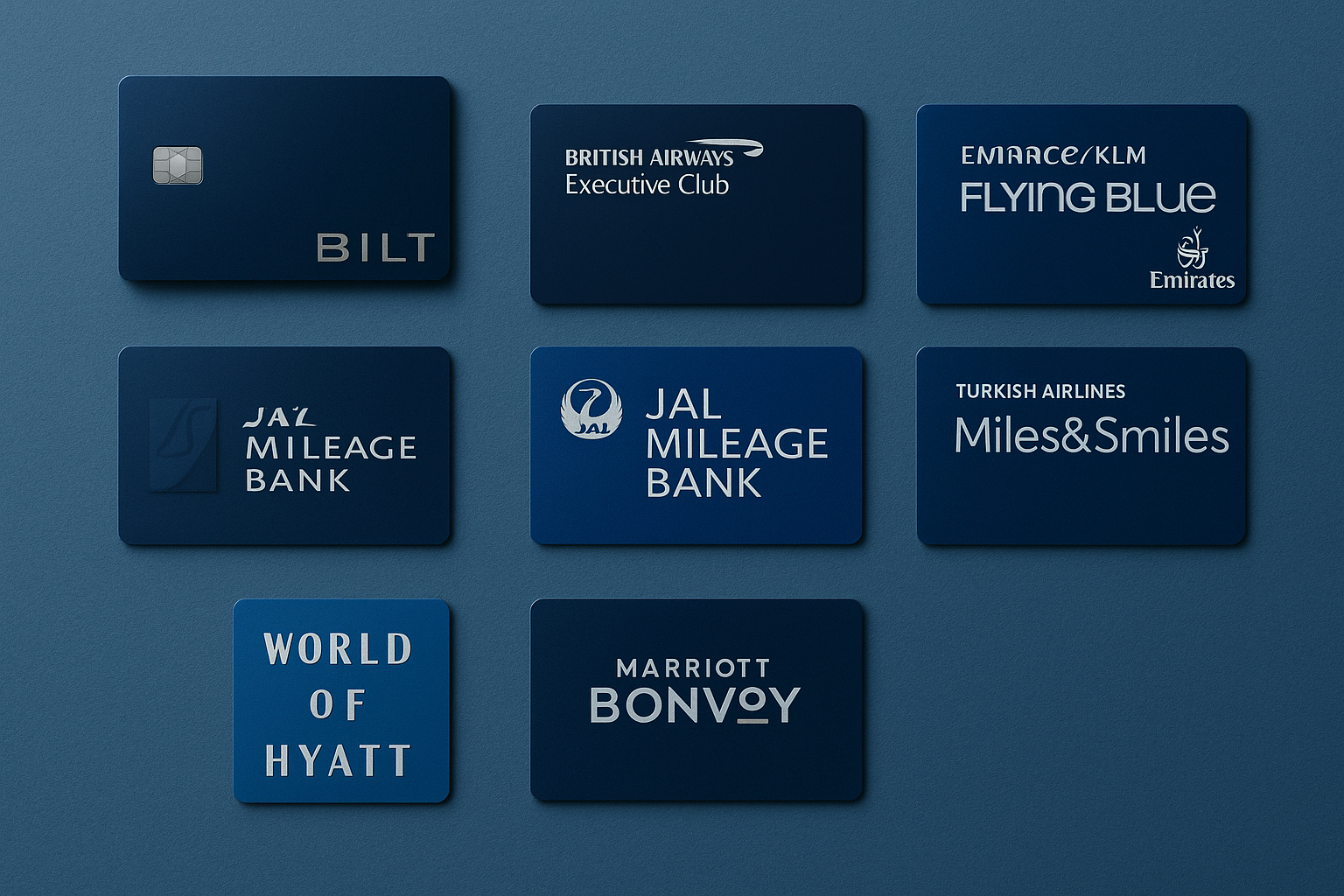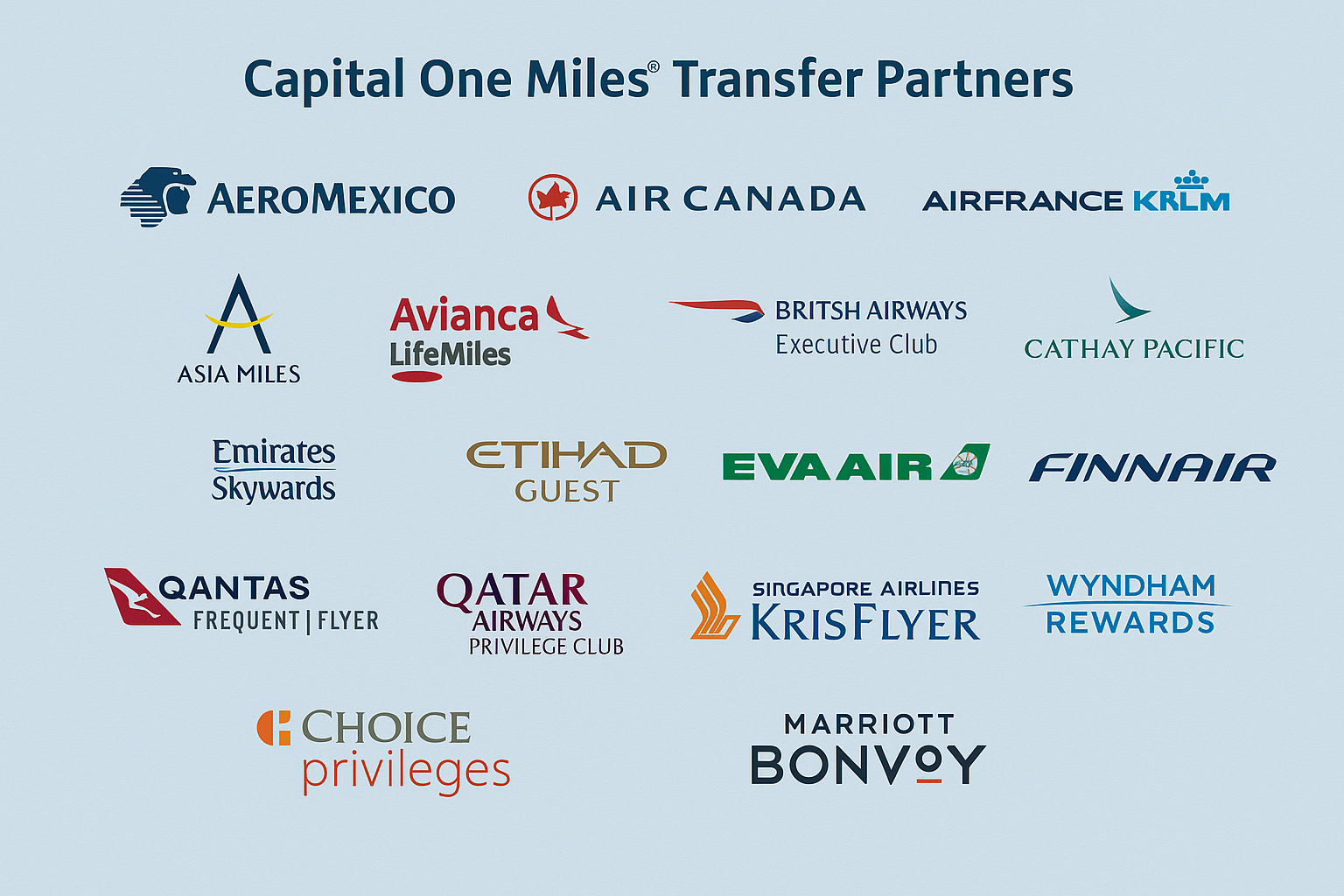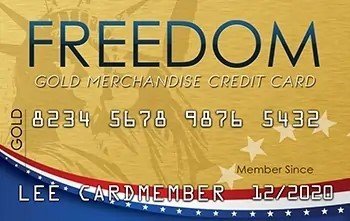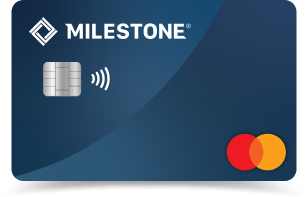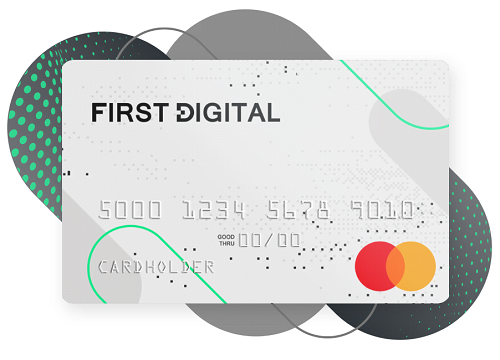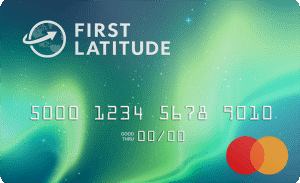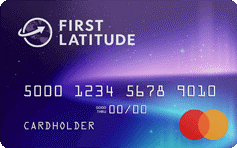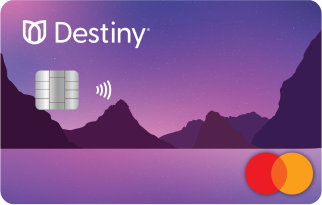Diving into the world of travel credit cards can feel like learning a new language. With terms like ‘points,’ ‘miles,’ ‘annual fees,’ and ‘redemption portals,’ it’s easy to feel overwhelmed and suffer from ‘analysis paralysis.’ While many guides list features, they often fail to give you a clear starting point. We’re here to change that. This guide is your simple, step-by-step action plan. We will demystify the entire process by breaking it down into three clear stages: understanding the core concepts, creating your action plan, and mastering your first redemption. Forget the confusion; let’s get you ready to confidently choose and use your first travel card.
Table of Contents
Step 1: Understanding the Core Concepts & Benefits
Before you can start earning rewards, you need to grasp the fundamentals. This first step is all about understanding the value proposition-what you get, what it costs, and how the points system actually works.
Understanding the Core Benefits for Newcomers
So, what are the benefits of a travel credit card? At their core, these cards are designed to reward you for your spending with points or miles that can be redeemed for travel. The travel card benefits for beginners can be grouped into a few key categories:
| Benefit Category | How It Works |
|---|---|
| Earning Rewards | Earn points or miles on every purchase, with bonus rewards in specific categories like dining, groceries, or travel. |
| Welcome Bonuses | Receive a large sum of points (e.g., 60,000) for meeting a minimum spending requirement in the first few months. |
| Travel Perks | Enjoy benefits like free checked bags, airport lounge access, travel insurance, and credits for TSA PreCheck or Global Entry. |
| Flexibility | Transfer points to various airline and hotel partners, providing more options and potentially higher value when booking travel. |
Are Travel Cards Worth the Annual Fee?
This is the most common question for newcomers. Many premium travel cards come with an annual fee, ranging from under $100 to over $500. The key is to evaluate if the benefits you’ll use outweigh the cost. Ask yourself: are travel cards worth the annual fee for my lifestyle?
To figure this out, do a simple calculation. Add up the dollar value of the perks you will realistically use. For example:
| Perk / Bonus | Example Value | How It Adds Up |
|---|---|---|
| Free Checked Bag | ~$60 | Value per round-trip flight, per person. |
| Annual Hotel Credit | $100 | Direct statement credit for eligible hotel stays. |
| Welcome Bonus | ~$1,230 | Based on a 60,000-point bonus from a card like the Chase Sapphire Preferred®, valued at ~2.05 cents per point by The Points Guy. |
If the value of these perks exceeds the annual fee, the card is likely worth it. For those completely new or hesitant to pay a fee, there are excellent best travel credit card no annual fee options that offer a great starting point into the world of rewards.
How to Use Travel Points: The Basics
Understanding how to use travel points is simpler than it seems. Think of them as a currency. You earn this currency by spending on your card, and then you spend it on travel. The value of travel rewards can vary, but a common baseline is 1 cent per point. So, 50,000 points are often worth at least $500 in travel.
Here’s how travel points work in practice:
- Earn: You spend money on your card and accumulate points.
- Redeem: You log into your credit card’s online portal.
- Book: You can either book travel directly through the portal or transfer points to a partner airline or hotel to book with them. We’ll cover this in more detail in Step 3.
Step 2: Your Action Plan for Getting Started
Now that you understand the ‘what’ and ‘why,’ let’s focus on the ‘how.’ This section provides a clear roadmap for selecting and applying for your first card.
Choosing Your First Travel Card
With hundreds of cards on the market, choosing your first travel card can be the most intimidating step. The secret is to ignore the noise and focus on one thing: your own spending habits.
Don’t pick a card because a blogger loves it; pick the one that best rewards your life. Look at your budget. Do you spend the most on dining out, groceries, or gas? Find a card that offers bonus points in those categories. Considering how a card aligns with your budget is a key part of the process. To simplify this process, start by exploring our detailed reviews of the top travel credit cards for everyday spending, which break down how different cards reward various lifestyles. For beginners, it’s also wise to look for cards known as easy approval travel credit cards to increase your chances of success.
How to Apply for a Travel Credit Card
Once you’ve picked a card, the application is next. The process of how to apply for a travel credit card is straightforward and usually takes less than 15 minutes online. You’ll need to provide personal information like your name, address, Social Security number, and annual income.
The most important of the travel credit card requirements is your credit score. According to Experian, one of the three major credit bureaus, a FICO® Score of 670-739 is considered ‘Good,’ 740-799 is ‘Very Good,’ and 800-850 is ‘Exceptional.’ If you’re unsure of your score, you can check it for free through various services or even your current bank. Some issuers offer a credit card pre approval travel tool on their website, which can tell you if you’re likely to be approved without a hard inquiry on your credit report.
A Step-by-Step Guide to Travel Rewards
For those who love checklists, here is your step-by-step guide to travel rewards:
- Check Your Credit Score: Know where you stand before you apply.
- Analyze Your Spending: Identify your top 2-3 spending categories.
- Research Cards: Find 1-2 cards that offer bonus rewards in your top categories.
- Compare Welcome Bonuses & Perks: See which card offers the best starting value for its annual fee.
- Apply for Your Top Choice: Complete the online application.
- Plan for the Welcome Bonus: Once approved, make a clear plan to meet the minimum spending requirement responsibly to earn your bonus points.
Step 3: Mastering Your First Redemption
Earning points is only half the fun. The real magic happens when you redeem them for a nearly free trip. This final step will show you how to make that happen.
How to Book Travel with Points
So you’ve earned the points; now, how to book travel with points? You generally have two main options for redeeming credit card points for flights or hotels:
| Redemption Method | How It Works | Best For |
|---|---|---|
| Book Through Issuer’s Portal | Use your points like cash on a dedicated travel website run by your card issuer (e.g., Chase Travel). Points have a fixed value. | Simplicity and ease of use. Good for booking economy flights or hotels when transfer values are low. |
| Transfer to Partners | Move your points directly to a partner airline or hotel loyalty program (e.g., Chase points to World of Hyatt) to book with them. | Maximizing value. This is the key to booking premium travel like international business class for a fraction of the cash price. |
The Best Way to Redeem Travel Rewards
The best way to redeem travel rewards is almost always by transferring them to airline and hotel partners. While it requires an extra step, it’s how you can achieve outsized value. For example, a business-class flight that costs $4,000 might only require 80,000 points when transferred to an airline partner. That’s a redemption value of 5 cents per point-five times better than the standard rate!
Maximizing travel points value involves a bit of research. Look for “sweet spots” in airline award charts. A great travel rewards redemption example is using points for international business class tickets, which offer a fantastic return. Don’t be afraid to use a travel points conversion calculator online to see if a transfer makes sense before you commit.
Do Credit Card Points Expire? Understanding the Rules
This is a crucial question. Generally, do credit card points expire? The answer is no, as long as your account remains open and in good standing. The points you earn with the bank (like Chase Ultimate Rewards, Amex Membership Rewards, or Capital One Miles) do not expire.
However, be aware: once you transfer your points to an airline or hotel partner, they become subject to that partner’s expiration rules. Many airline miles expire after 18-24 months of inactivity, so only transfer points when you have a specific booking in mind. Also, be aware of potential blackout dates for travel rewards, though these are becoming less common with major airline programs.
Frequently Asked Questions
What are the benefits of a travel credit card?
The primary benefits are earning points or miles on your everyday spending, which can be redeemed for flights, hotels, and other travel. Additional perks often include large sign-up bonuses, free checked bags, airport lounge access, and travel insurance.
Is a travel credit card worth it for beginners?
Yes, if you travel even once or twice a year, a travel card can be worth it. For beginners, starting with a card with no annual fee or a low annual fee is a great way to learn the ropes and enjoy perks without a big commitment. The key is to pay your balance in full each month to avoid interest charges.
What credit score do I need for a travel card?
Most travel rewards credit cards require a good to excellent credit score, which is typically 670 or higher. Some premium cards may require a score of 700 or above. It’s always a good idea to check your credit score before applying.






